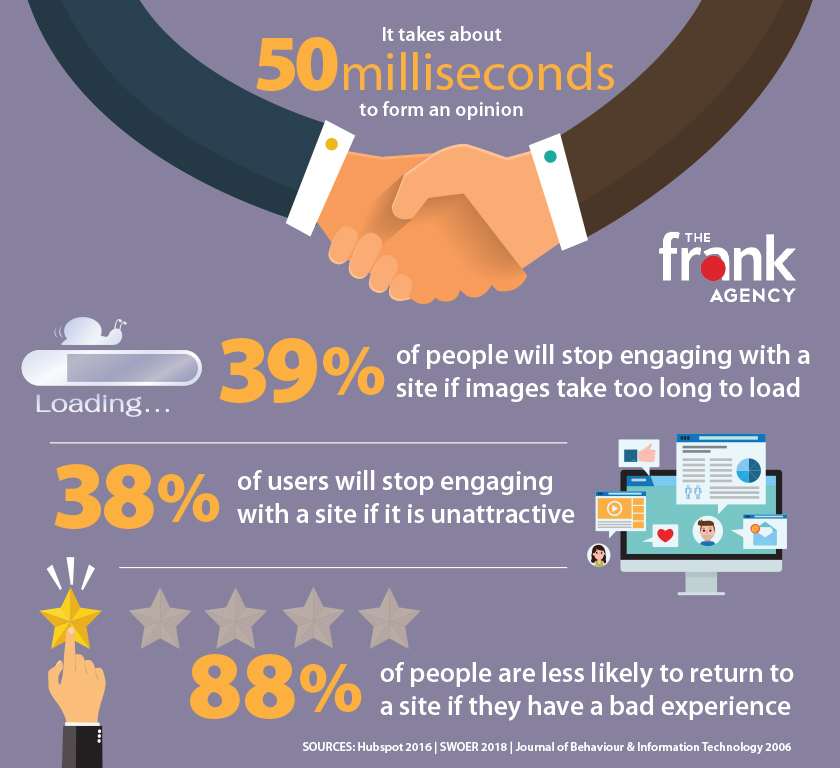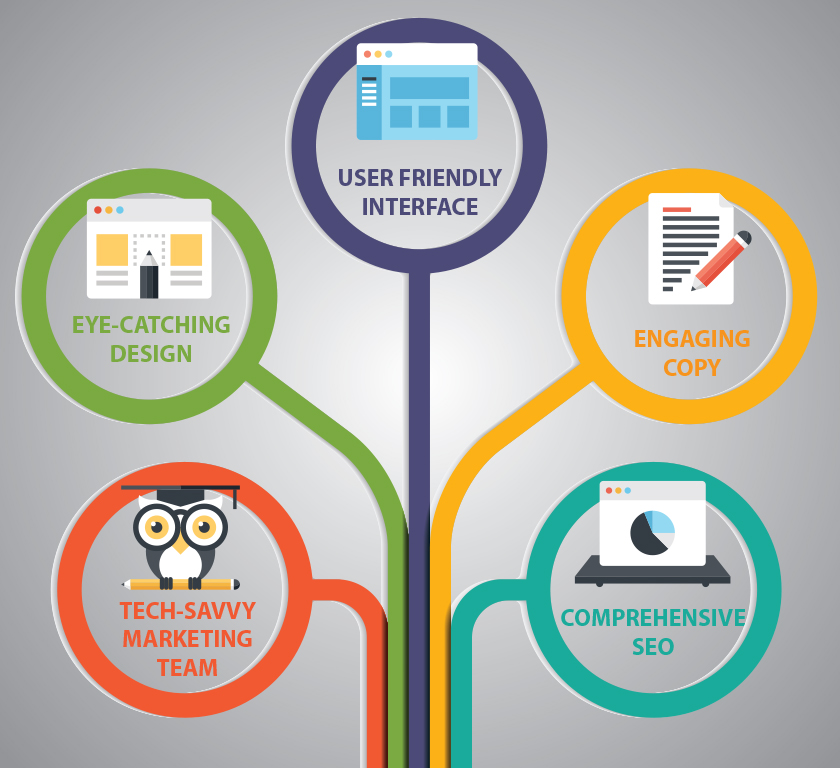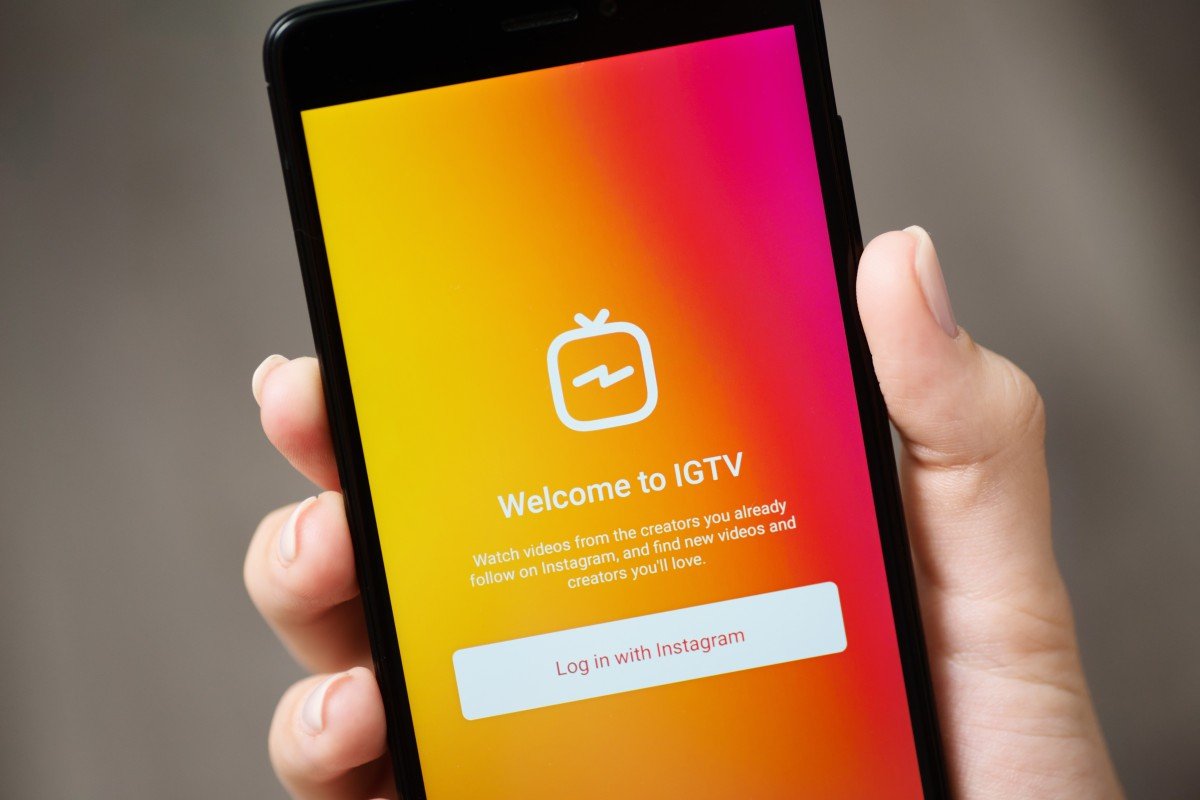Selecting the right direct response agency to partner with is an important decision that often goes beyond just the basics of ‘will the agency give me a good return on my investment?’ It’s so much more than the bottom line. The direct response agency that you select needs to have the same level of transparency as you would with a significant other. Can your agency articulate your company’s vision, goals, culture, and customers? Without a two-way street of communication, your marketing campaigns will not perform to their utmost capabilities.
What is Direct Response Marketing?
Before we get into how to select a direct response agency, let’s make sure we understand the basics of what this even means. Direct response marketing is geared towards generating a response from prospective prospects and compelling them to take a specific action such as filling out a form, making a phone call, downloading a brochure, placing an order, etc.
Direct response marketing campaigns provide an organization with an ability to promote their offerings to a targeted customer base that would benefit the most from your services/product. An effective direct response marketing campaign should do the following but not limited to:
- Cultivate relationships with new customers
- Determine demand for your product or service
- Identify which marketing approaches are best for the target your audience
- Provide the target audience with compelling information to take action
- Increase conversions (sales, downloads, calls, etc.)
Direct response marketing should be trackable. At any point in time in the campaign, you should be able to measure performance and determine the correct course of action.
Why Choose a Direct Response Agency?
There are two major types of marketing strategies out there. The first is known as mass marketing or branding, and the second is direct response marketing. As an organization, you aren’t confined to doing only one type of advertising and often shouldn’t. Running solely branding campaigns can be very challenging as they are often very expensive to place and need an extended period of time to take effect. You are also competing with more than just your industry as you could be going up against multiple industries and may not have the budget to make much of an impact.
This is where direct response marketing comes into play. The type of marketing is designed to elicit an immediate response to take action from the prospective customer. Below are some of the main benefits of direct response marketing:
It’s Trackable
You can run identify which media channel was responsible for generating the action taken by the customer. For example, if I ran a branded commercial on TV to buy my shiny new widget, I may never know which ad caused the customer to make a purchase. However, with a direct response strategy, I could track the paid search ad for my shiny new widget and know exactly what ad, what keywords, what ad copy, etc. are causing my customers to take action.
It’s Measurable
Not only is direct response marketing trackable, but we can also measure the success of the ads and campaigns I’m running. For that shiny new widget, I can see what the cost-per-click (CPC), click-through-rate (CTR), cost-per-lead (CPL), or cost per sale are for each ad or campaign. This is very valuable information to an organization because you can make informed decisions on where ads need to run, which ones need to be adjusted, which ones need to be discarded, etc., allowing you to ultimately increase your return on investment.
It’s Flexible
Direct response marketing allows for flexibility. You can change up offers, goals, audiences to allow you to hit the exact audience or market you need to grow. Messaging can be tailored in ways that branding campaigns simply cannot, which offers a company the ability to hit multiple segments at efficient costs.
Not only can you be flexible on the messaging, but you can also be flexible on the offers. You can send varying messages depending on where customers may be in the funnel. For example, if a customer is just beginning their journey then you may want to initially compel them to download an eBook on the variety of products and services that you offer. As the customer continues their journey, the call-to-action may change to having them fill out a form to request more information on a certain product. As that user nears the end of their journey, you may be offering a discount on the product or bringing them to a page to purchase the product.
What Steps Do I Need to go Through to Ensure I Select the Right Agency?
Now that we discussed the factors that you should consider when choosing a direct response agency, how do we ensure we select the right agency? Very seldom should you just choose the first agency that you hear about. As with all difficult and complex decisions, research, discussion, planning, and weighing the pros and cons are going to factor heavily into the agency selection process. Below are some steps to help ensure that you end up with the agency that is right for your organization.
Step 1: Planning/RFP
The first step is often the most crucial step because it sets you up for success as you move throughout the process. It comes as no surprise the Request For Proposal (RFP) starts the process off. It’s not because it allows agencies to respond, which is important, but it allows you to set-up the issue that you are trying to tackle. Transparency in this portion of the process can really make or break the level of responses you will get back from an agency. You don’t have to divulge all your trade secrets, but a firm understanding of the goals of your business and projects the agency selected will be working on will help get your campaigns off on the right foot.
No matter how big the project, an RFP will require some of the following information: client list, case studies, work samples, references, and biographies of key employees that will be working on a portion of your business. For bigger reviews, you may require financial information, creative concepts, or very specific requests to prove knowledge in the desired area.
During this phase, you should establish what budget you will have available to accomplish the goals you are setting. There are a number of different direct response tactics that can be employed to achieve your goals, and having a framework of the budget allows the direct response agency to make the best recommendation to fit your needs.
A set of criteria should be established that will be used to select the winning agency. You should weight each of these criteria on the level of importance. For example, the location of the direct response agency may be really important because you are looking for face-to-face interaction, or perhaps the size of the agency may play a role. See below for some example criteria you could use to select the right agency:
- Size: will you be in the top 3 clients commanding attention for the selected agency? Is the agency big enough to handle your needs?
- Category, market segment, or product/service experience: Does the agency know your business and industry and can they perform the work required?
- Experience in the required channels: Has your agency placed paid media, paid search, etc.? How long have they ran these types of campaigns or performed these activities?
- Location: how often do you expect to meet face to face, virtually, conferences? How will travel costs impact the overall cost of the campaigns?
- Thought leadership: what new ideas will the agency bring to the table? What have they brought for other clients?
Step 2: Identify Agencies
There are a variety of ways to identify an agency as a candidate to respond to your RFP. The selection criteria that we created should help in playing a role of identifying how you may reach out. As part of this process, you will want to determine how many direct response agencies you want to respond to the RFP. This number of agencies will most likely vary depending on the size and scope of your budget. Larger budgets or multinational clients typically will require more than 10 agencies in the RFP process. Smaller budgets might be considering up to 10 agencies. These are just loose guidelines though. Make sure your organization feels comfortable with the number of agencies participating first and foremost.
Now that we have identified some of the things to consider when identifying a direct response agency, what are some ways to find and submit your RFP to an agency? Please see some examples below.
- Search engines – That’s probably how you got to this article in the first place. If you are looking for direct response ad agency, you might use “direct response agency” or modify it to include the location you are looking for “direct response agency in Kansas City”.
- Directories – American Marketing Association (AMA), Business Marketing Association (BMA), etc.
- Networking – conferences, associations, industry-related events, chambers of commerce
- References – talk to colleagues, advisors, mentors, etc. and see who they might recommend. With social media more prevalent than ever, you can get an abundance of references or referrals in a short period of time.
Step 3: Vet Candidates
You have identified the candidates. It’s now time to vet those candidates to see who may be a good fit. This process includes submitting your RFP to agencies, evaluating those submissions and trimming down the list to a manageable amount for actual presentations.
You should utilize the selection criteria to help you determine which agencies will move from the long list to the short list.
To get down to your short list a variety of strategies can be employed. You may want to have a committee to manage through this process. Perhaps a single manager will be vetting the list. Regardless of the process you choose, it is recommended to use a scoresheet for each RFP response based on your selection criteria to help you grade each candidate. This will give you a system that takes out some of the bias and rank each candidate across categories.
Once a short list is determined, please remember to communicate to all parties if they moved onto the next step in the process. While no one wants to be told they didn’t make the cut, they will appreciate your professionalism in the process.
Step 4: Select the Agency
We are almost there. It’s time to evaluate the candidates and determine which one you want to move forward with to accomplish your goals. The final step should include recommendations, any creative work required, and face to face meetings. These face to face meetings can take place at either your offices or the agencies. It’s important to make sure you get a good feel for who will be working on your account. Below are some tips for the for selecting an agency.
- Request the team: request the actual team members that will be working on your account. These are the people that you could be working with for the next couple of months or years. It’s important that you understand if they fit culturally with your organization.
- Fees and or budgets: you’ve established goals and perhaps some budget guidelines in step 1, but ensure that the agency has outlined what they believe it will actually cost to achieve those goals/campaigns.
- References: call the references for the projects or assignments that are similar to yours.
- Scorecard: grade the presentations help determine the agency, but don’t be afraid to include your “gut” instincts as part of the process. Remember to score these individually if using a committee to avoid a dominant personality steering the committee in one direction.
- Discuss: make sure to discuss the scoring and results afterward to come to a conclusion
Now that you have decided on the direct response agency, make sure to inform the other parties that you have unfortunately decided to move on with another selection.
The agency selection process can be exhausting, but it’s also very rewarding when you find the right agency for the job.
Contact The frank Agency today to get started.







